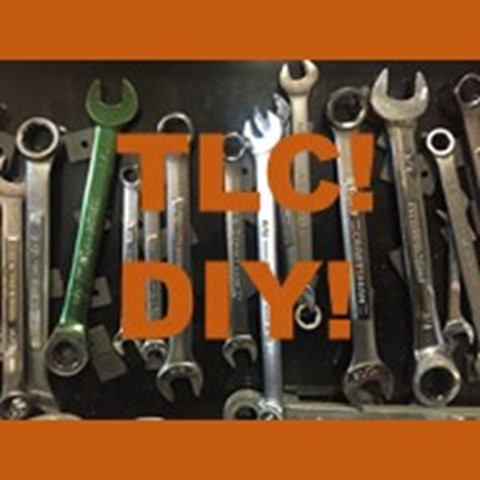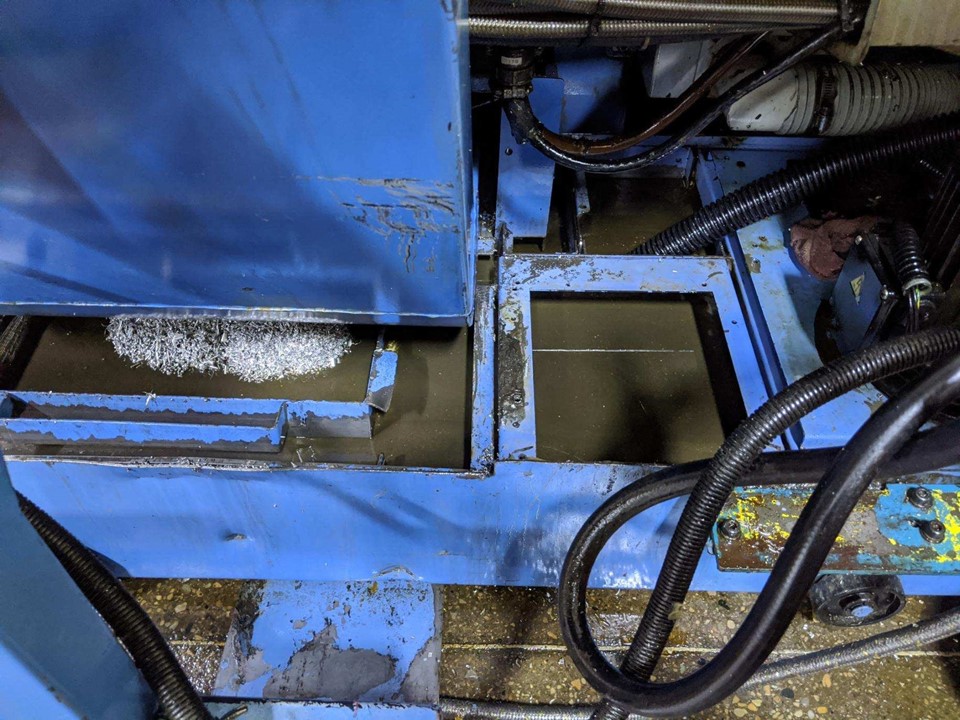There are several types of industrial oil skimmers. Choosing one best suited for your application will maximize oil removal while minimizing capital outlay and skimmer operating costs. You may define the application in terms of the following characteristics:
Operating Conditions
The performance and life of the pick-up medium, wiper blades, pulleys, etc. are affected by operating conditions. These include temperatures in and out of the liquid, the pH of the solution and the presence of solvents or other reactive chemicals.
Hazardous Materials
Applications involving flammable materials or explosive vapors require the use of explosion-proof (or air-driven) motors and controls.
Temperature/Viscosity
All skimmers require floating oil to be in a liquid, free-flowing state. (See Note 2 under Table 1 for an exception.) If the oil congeals or solidifies at ambient temperatures, the reservoir and/or skimmer will require heaters to maintain fluid flow.
Removal Rate
Skimmer removal rates, expressed in gph, vary with oil viscosity. Typically, manufacturers rate skimmers using SAE 30 weight motor oil at 65 degrees Fahrenheit (18 degrees Celsius). It's wise to ask for test data, especially if your application involves a much different viscosity. Your skimmer selection should be based on the maximum amount of oil to be removed within the shortest available time. For instance, suppose total oil influx is 200 gallons a day. The calculated average would be 200/24 = 8.3 gph. However, if most of it comes during a single 8-hour plant shift, you probably need a removal rate three times that average, especially if you need to prevent the discharge of contaminated water to a sewer system. As a rule of thumb, specify approximately twice the maximum capacity you anticipate needing for normal conditions.
Skimmed Water Content
All oil skimmers pick up some water with the oil. Suction skimmers pick up more water than other types. High water content increases oil recycling and disposal costs. Generally, the ratio of water to oil decreases with thicker films of floating oil and slower moving pick-up media. A concentrator or decanter installed at the skimmer discharge port provides secondary oil/water separation that can reduce water content to nearly zero.
Residual Oil
A skimmer removes oil as long as it is present. Depending on oil influx rate and the skimmer's removal rate, residual oil in the water may be as low as a few parts per million. When further reduction is required, a secondary removal stage such as membrane filtration may be needed.
Portability
In some plants mobile equipment service shops and at remediation sites, a portable skimmer can sometimes service multiple machines, sumps or wells.
Tank or Sump Characteristics
The location, shape and capacity of a tank or water impoundment are major factors in choosing the right skimmer. Also consider fluctuations in water level, turbulence and possible emulsions. Although skimmers do not cause emulsions, they may have trouble removing certain types.
Size/Design
Oil and water can emulsify when subjected to turbulence and other mechanical agitation. Avoid this by having water return to the tank below the liquid surface at as low a velocity as practical. Make sure the tank or sump provides quiet areas, weirs and sufficient volume to allow adequate time for oil/water separation.
Shape
Tanks without nooks and crannies for oil to accumulate in are best. If you have an irregular shape, put the skimmer where the largest amount of oil accumulates. Consider a means of directing oil toward the skimmer such as a floating boom or baffle plate.
Location/Installation
Questions to ask about the physical location and characteristics of the tank and collection container: Does skimmed material need to be pumped from the skimmer to the container? Will skimmer access for periodic maintenance be a problem? How much mounting space is available? Are tank or container modifications required? (Total skimmer system costs may involve additional components, tank modifications and skimmer maintenance.)
All of our coolant skimmers are rugged, reliable and low maintenance. Removal capacities range from 1 to 200 gallons per hour. Browse the types of oil skimmers and oil skimming accessories in our website www.abanaki.com or contact our experts at 440-543-7400 to find the right solution for your application.
Unfamiliar with our Oil Skimming products? Go to the Skimmer Selection page to view the types of oil skimmers for every application.
Watch this video to see how to remove a higher amount of tramp oil.





